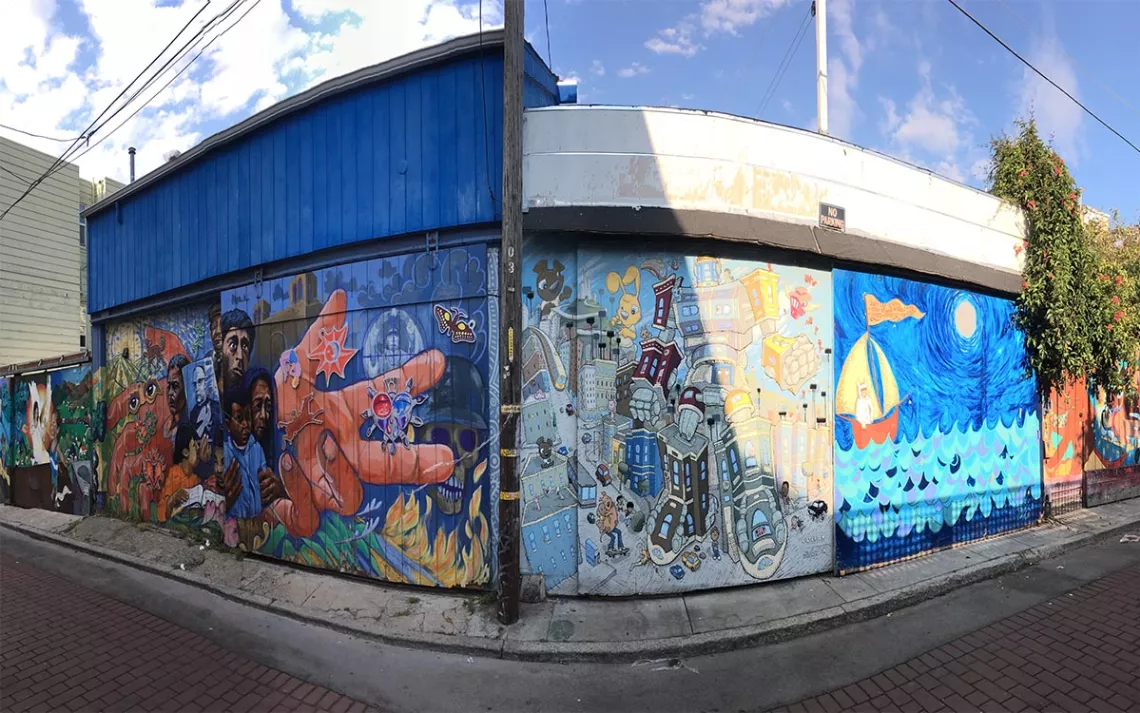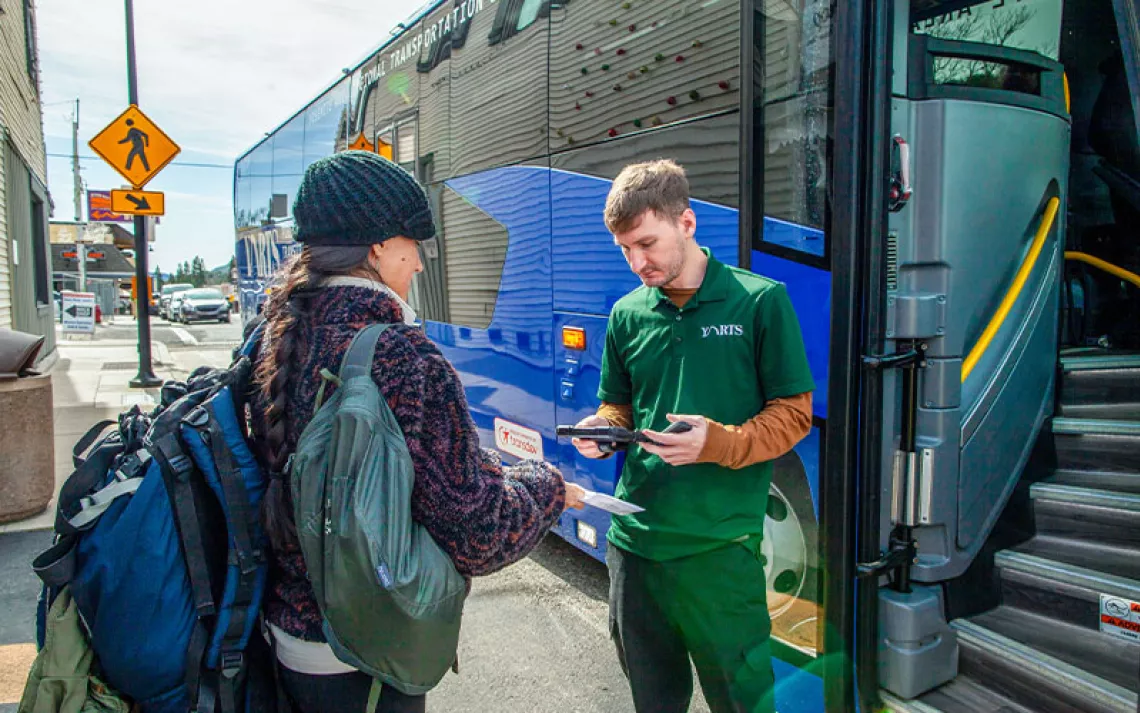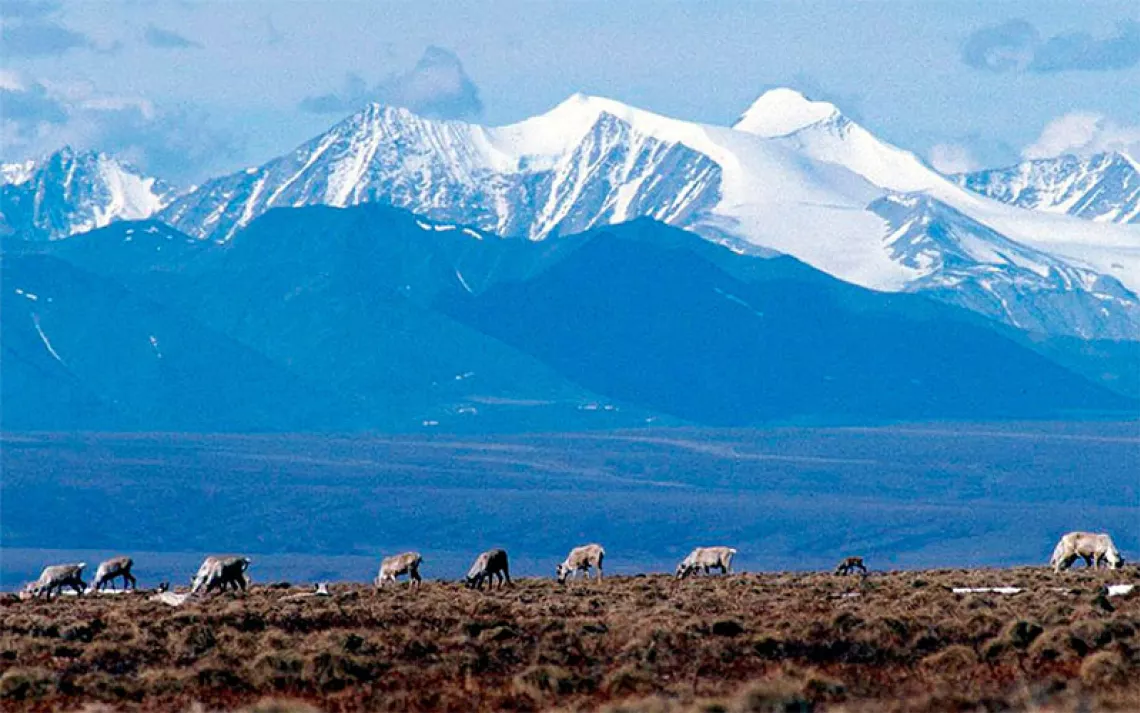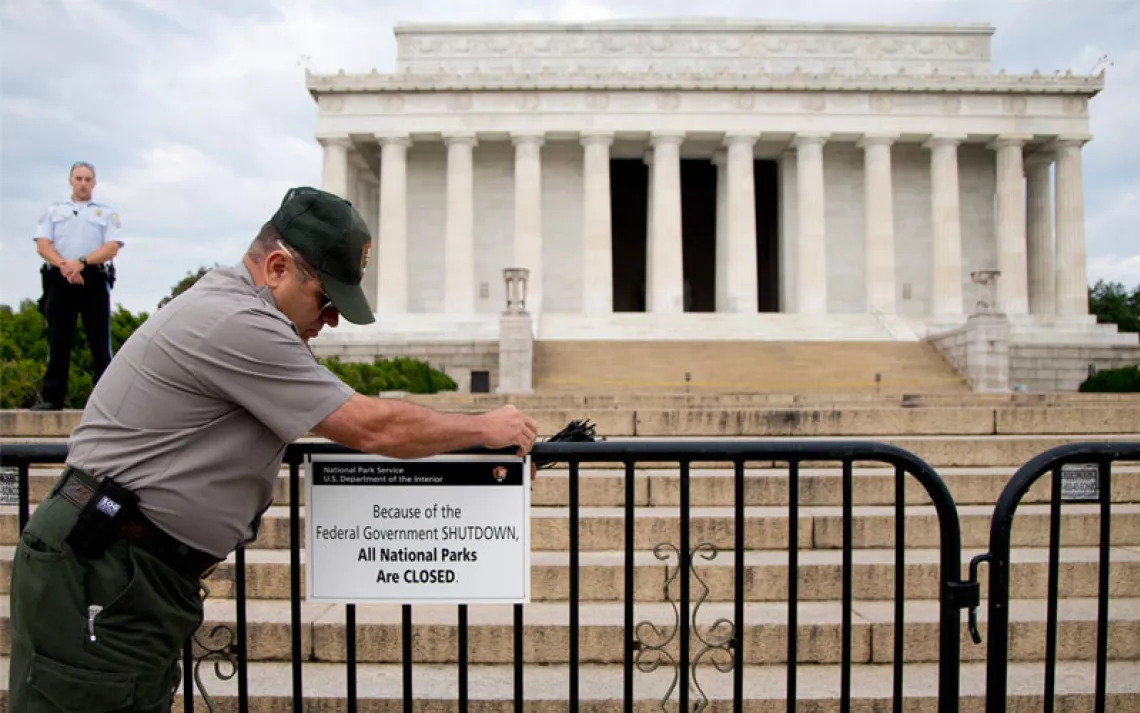Celebrating Latino Heritage Through Protected Places
A report urges protection of culturally significant sites to recognize national history

Photo courtesy of Manuel G. Galaviz
The United States has long been known as a socially and culturally diverse “melting pot.” Yet, less than 8 percent of all National Historic Landmarks represent ethnic and minority groups.
During the Obama administration, the Hispanic Access Foundation (HAF) was asked which places within the United States were the most culturally significant to the Latino community and in need of protection. The organization’s founder and president, Maite Arce, didn’t have such a list readily available but saw an opportunity. Under Arce’s leadership, HAF commissioned a report last year to identify the top 10 places of historical and cultural significance to the Latino community in need of preservation. The report, “Place, Story & Culture,” highlights the stories of local community efforts to protect these places and recommends the sites for federal protection. These places have long been celebrated by Latinos locally, and some have even been awarded lower levels of protection, but these communities desire the national recognition that would come from the kind of protections proposed in the report.
“We see more of these places disappearing than appearing,” says Manuel Galaviz, coauthor of the report. Galaviz emphasizes the importance of educating the public and government officials about why these locations are important to protect.
The proposed sites range from the Castner Mountain Range in Texas on the border of Mexico—an area famous for being the second binational economy in the United States and culturally significant to the Latino community of El Paso—to Lincoln High School in East Los Angeles, which played a key role in the 1968 East L.A. Blowouts (a youth social movement focused on elevating the quality of education for Mexican American students). The authors selected each site in part to recommend them all for protected status, either as national monuments, as National Historic Landmarks, or as part of the National Register of Historic Places.
HAF’s mission is to connect Latinos with partners and opportunities to improve lives and create an equitable society. As a group that has been marginalized throughout history, the Latino community has not always been able to establish roots in the same way as other communities. By advocating for the protection of places that are meaningful to Latino heritage, HAF is working to improve Latino representation in the country’s shared national identity.
The HAF Latino Heritage Scholars who authored the report worked directly with community leaders who have long been fighting to get their sites and stories protected and celebrated. Coauthor Ashleyann Perez-Rivera worked closely with Nancy Melendez, founding president of the Spanish Town Heritage Foundation, and from her learned how the rich history of the Trujillo Adobe is integral to the Latino community in California. “There are always constant battles, constant threats,” says Galaviz. “You can nominate these places [for protection], but it is not certain that they are going to be protected unless there are people on the ground willing to continue that fight.”
The release of the report is more relevant than ever, given the Trump administration’s recent efforts to shrink national monuments and strip their protections—especially for the field of cultural historic preservation. In late September, just as National Hispanic Heritage Month began, Galaviz and his coauthors traveled to Washington, D.C., to advocate for the protection of the 10 sites. Surprisingly, several Congress members were willing to meet with the scholars to discuss the report and the proposed protections (with the disclaimer that the current makeup of Congress could make it difficult to get any protections passed this term). The Hispanic Congressional Caucus even invited the Latino scholars to return to D.C. early next year to brief the entire caucus on the issue. “There’s movement and there’s momentum, and that’s been exciting,” Galaviz shares.
When HAF informed communities about the support coming from different conservation partners and politicians, local newspapers began picking up the stories, and the news created community-wide celebrations. By elevating Latino voices, the report is empowering communities around the United States to reach for greater protection for their sites.
“We need to look long-term, past one president and even past one generation, to what we want the future to be,” Arce says. “As an organization, we plan to keep creating momentum until we reach a breakthrough and we see ourselves represented in the American narrative and our communities empowered to protect their places and stories and culture.”
 The Magazine of The Sierra Club
The Magazine of The Sierra Club






